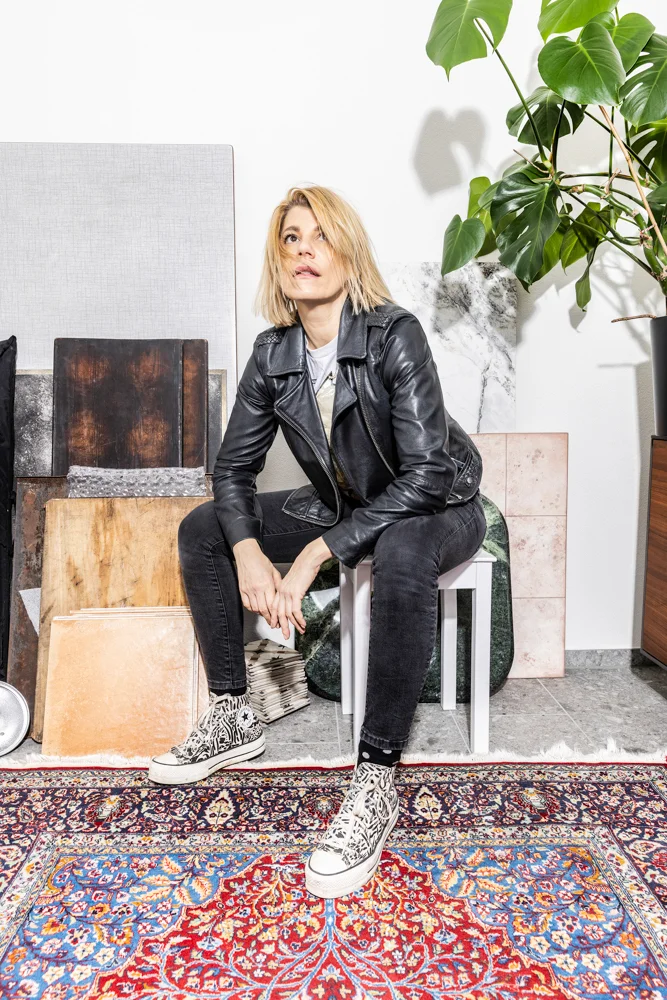Tina Sturzenegger is a Swiss photographer specializing in food, still life, and visual storytelling. Her artistic practice explores the aesthetics of food and its cultural, social, and emotional significance. Two elements drive her fascination with this subject: the striking visual appeal of food in all its forms and its role in shaping societal structures.
Influenced by the bold aesthetics of the 1970s and 80s, Tina blends elements of design, fashion, and nostalgia to create immersive, almost cinematic tableaus where food becomes both subject and symbol. By pushing boundaries and defying conventions, her work challenges perceptions, evoking a dialogue between indulgence and restraint, artifice and authenticity—always with a sense of playfulness woven throughout.
After completing a business administration degree, Tina taught herself photography and high-end image retouching. Her work has been exhibited at the MIA Photo Fair in Milan, the Tokyo International Photo Awards, and Galerie Joseph in Paris, among others. She has collaborated with renowned national and international clients, including Denner AG, Farner Consulting, Nestlé Switzerland AG, UBS (Switzerland) AG, Michel Reybier Hospitality.
Tina is represented in the DACH region by the Zurich-based agency Visualeyes Artists and has been a jury member of the Art Directors Club in Zurich since 2020. More about her work can be found at tinasturzenegger.com.
About Series: Melt down
This series delves into the complex relationship between food and society. It explores how our bodies become canvases for judgment, shaped by evolving dietary trends and societal norms. The work is a satirical examination of the
pressures and contradictions surrounding modern consumption habits.
The images are intentionally exaggerated, turning familiar items into provocative symbols. A blow dryer melts butter, evoking the artificial manipulation of natural elements. Heart-shaped lollipops adhered to legs highlight the clash between indulgence and imposed ideals of beauty. Mice leaping over a sandwich transform a simple meal into a staged battlefield of perceived nutritional good and evil.
Through this visual narrative, the series critiques the demonization of carbohydrates, sugar, alcohol, and gluten. By presenting these dietary culprits in absurd scenarios, it challenges viewers to question societal obsessions with purity and perfection in food choices. The playful yet pointed approach invites reflection on the broader cultural and personal implications of what we consume.
I styled, photographed and edited it.
Awarded Photographer of the Week - Week 13